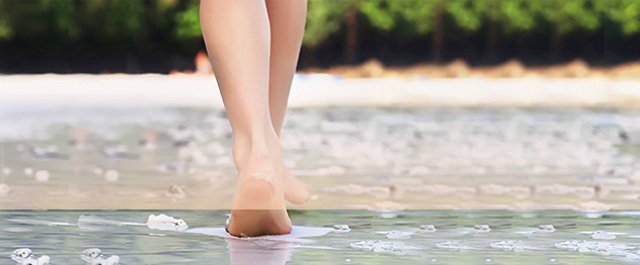Achilles Tendonitis
The term Achilles tendonitis describes a variety of conditions and the use of this terminology varies considerably amongst practitioners. The spectrum of Achilles tendon disorders often referred to compromise of:
- Paratenonitis or paratendonitis, which is inflammation of the sheath (surrounding envelope) of the tendon.
- Tendinosis, which involves change in the quality and architecture of the tendon itself.
- Or a combination of both para tendonitis with tendinosis.
Therefore this nomenclature has become more useful to try and stratify disorders and their respective treatments.
Some practitioners also include retro calcaneal bursitis and insertional Achilles tendinosis, which are different diseases to mid Achilles tendon disorders. Chronic ruptures at the mid Achilles or insertional Achilles area can mimic the above spectrum of disorders.
This causes confusion and great difficulties in interpretation of results when reading and comparing studies in published literature.
Commonly Achilles tendon disorders cause pain and swelling along the back of the lower leg, above and near the heel area. The Achilles tendon is one of the largest in the body connecting the gastrocnemius and soleus calf muscles to the heel bone.
Although the Achilles tendon is designed to withstand great stresses ranging from running, jumping, dancing to carrying heavy loads, it can be prone to injury and degeneration with overuse or direct injury.
The problem usually results from repetitive stresses to the tendon by factors such as:
- Sudden change in intensity and exercise activity: Doing too much too soon.
- Biomechanical and/or muscle imbalances, particularly tightness and joint stiffness.
- Change in environment, terrain or footwear when undertaking known activities.
You may get pain and stiffness in the area first thing in the morning or when you have been stationary for a while. This pain will also increase with activity and after exercising. One can often see localised swelling in and around the tendon area. The swelling may get worse throughout the day.
However if you have felt / heard a sudden pop in the back of your calf or heel with immediate pain and difficult walking there is a high probability you may have ruptured or torn your Achilles tendon which requires urgent assessment by a specialist.
The clinical examination will help in establishing the diagnosis and also identify any co-existing factors that may have led to the development of Achilles tendon problem.
Tests such as Radiographs (x-rays), magnetic resonance imaging (MRI) scans and ultrasound scans are then often used to confirm the clinical diagnosis so that an appropriate treatment programme can be initiated.
In most cases the treatment is non surgical consisting of an individualised programme of physiotherapy and correcting other biomechanical problems that may require the use of functional foot orthoses (insoles). The physiotherapy may include concentric / eccentric stretching protocol, muscle strengthening exercises, manual tissue release, joint mobilisation, icing, and massage. Occasionally there is a role for resting the tendon in a device such as a cast or removable boot. Other treatment options often used in addition are ultrasound guided injections around the tendon within the sheath of PRP (platelet rich plasma or other stem cell therapy), Cortisone, high volume saline (brisement) or alternatively extra corporeal shockwave therapy (ESWT).
There are occasions when medical treatment has not been successful. This is more likely if there are significant areas of degeneration (changes in the architecture of the tendon or discontinuity of the tendon fibres), or poor healing potential (the biology of healing requires good blood supply, nutrients, and local chemicals) in which case surgical treatment is recommended.
The types of surgery required vary from gastrocnemius recession or releasing the gastrocnemius muscle at the appropriate level to allow reduction in tightness of the muscle, cleaning of the scarred and tightened sheath (otherwise known as the paratenon stripping) to actual debridement and repair of the tendon. Occasionally the tissue is too unhealthy, has poor biology or the amount of damage is extensive and a very useful option then is to transfer the flexor hallucis longus or FHL tendon as an additional procedure.
Most patients will have good results following surgery. The recovery period will vary with the amount of tendon involved in the damage, and the extent of surgery. Physiotherapy will be an important part of the recovery process. Complications related to the surgery can include stiffness and swelling which usually improve over a period of 9-12 months.
About 15-20% will be better but not completely better following the surgery and occasionally whilst recovering the tendon can completely rupture despite a graduated prescribed rehabilitation programme. There are other small risks such as infection and nerve injury.

 Menu
Menu



